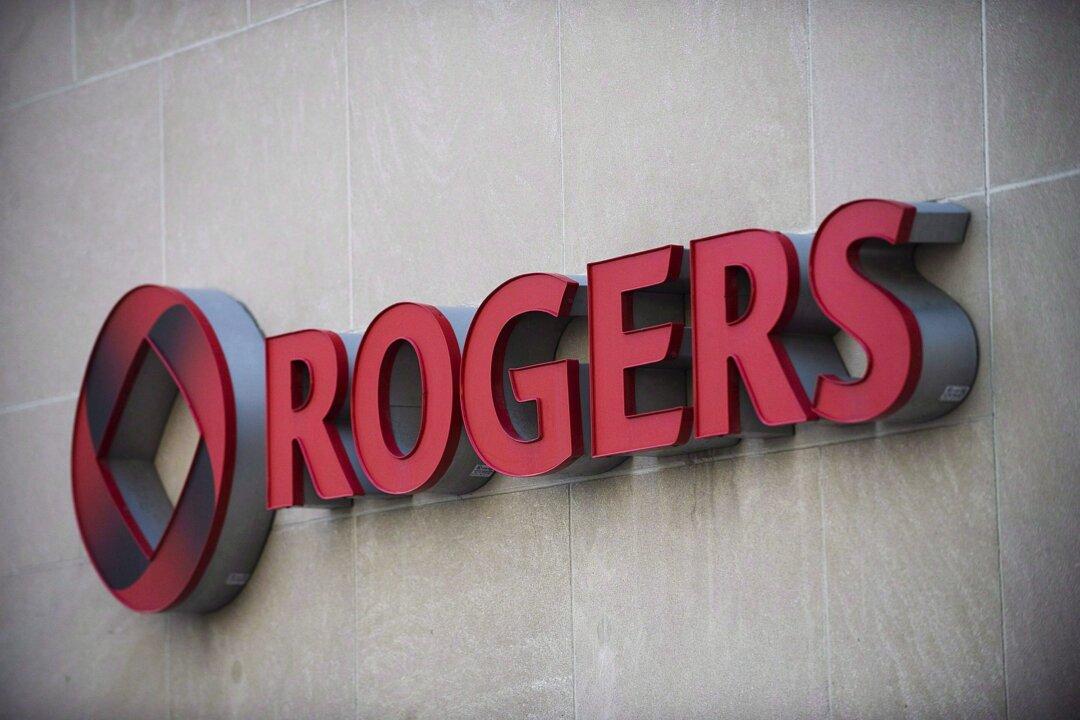News Analysis
The merger of telecommunications companies Rogers and Shaw makes good business sense, but the resulting consolidation could be bad for consumers, experts say.

The merger of telecommunications companies Rogers and Shaw makes good business sense, but the resulting consolidation could be bad for consumers, experts say.